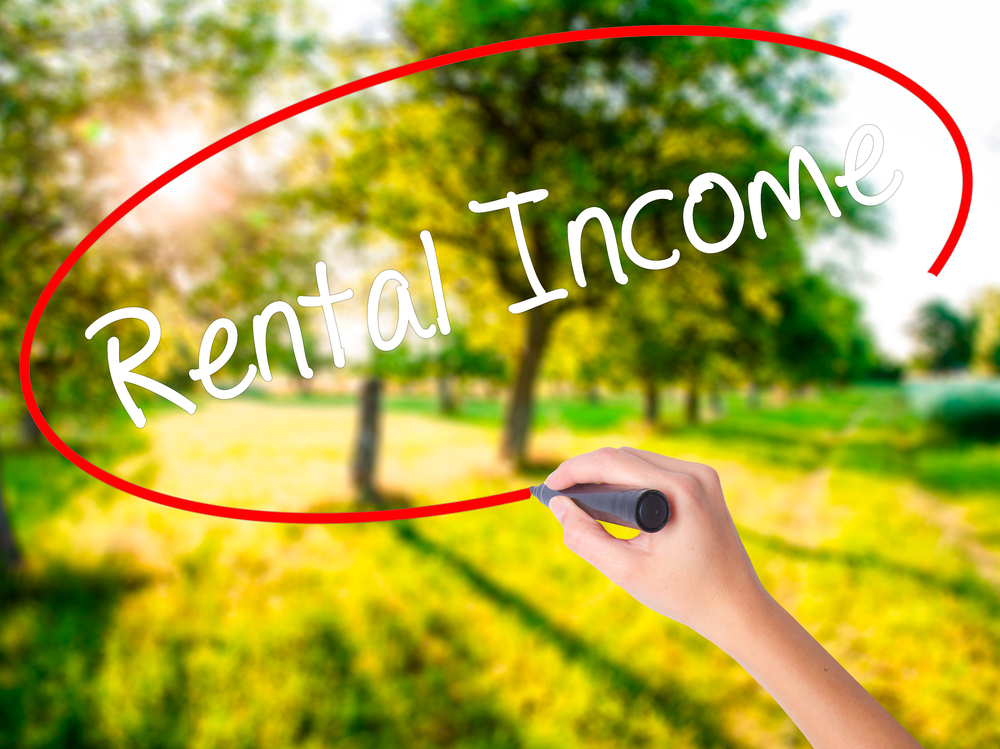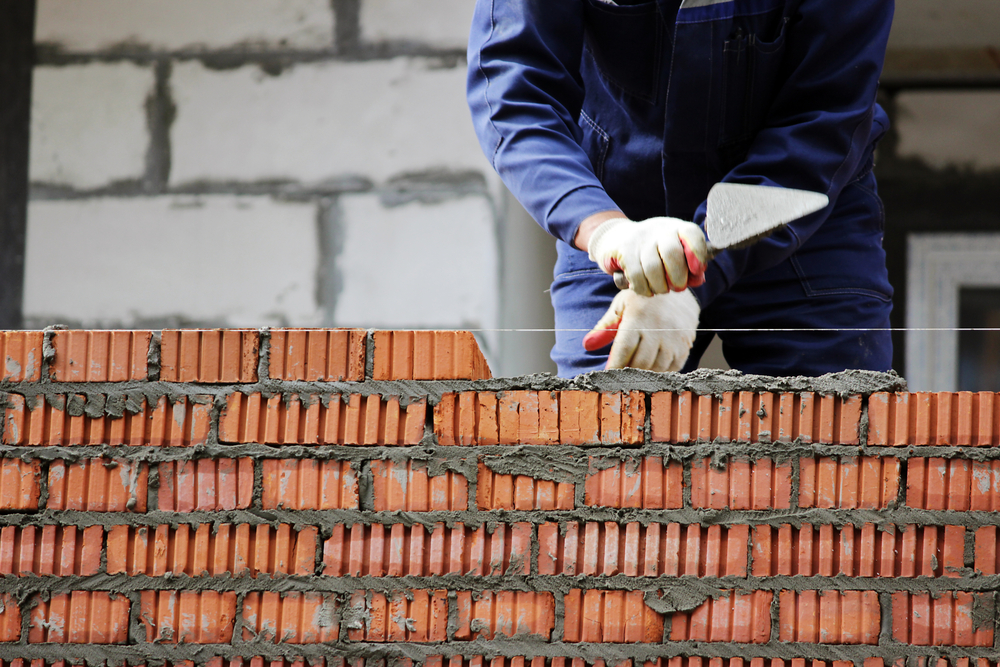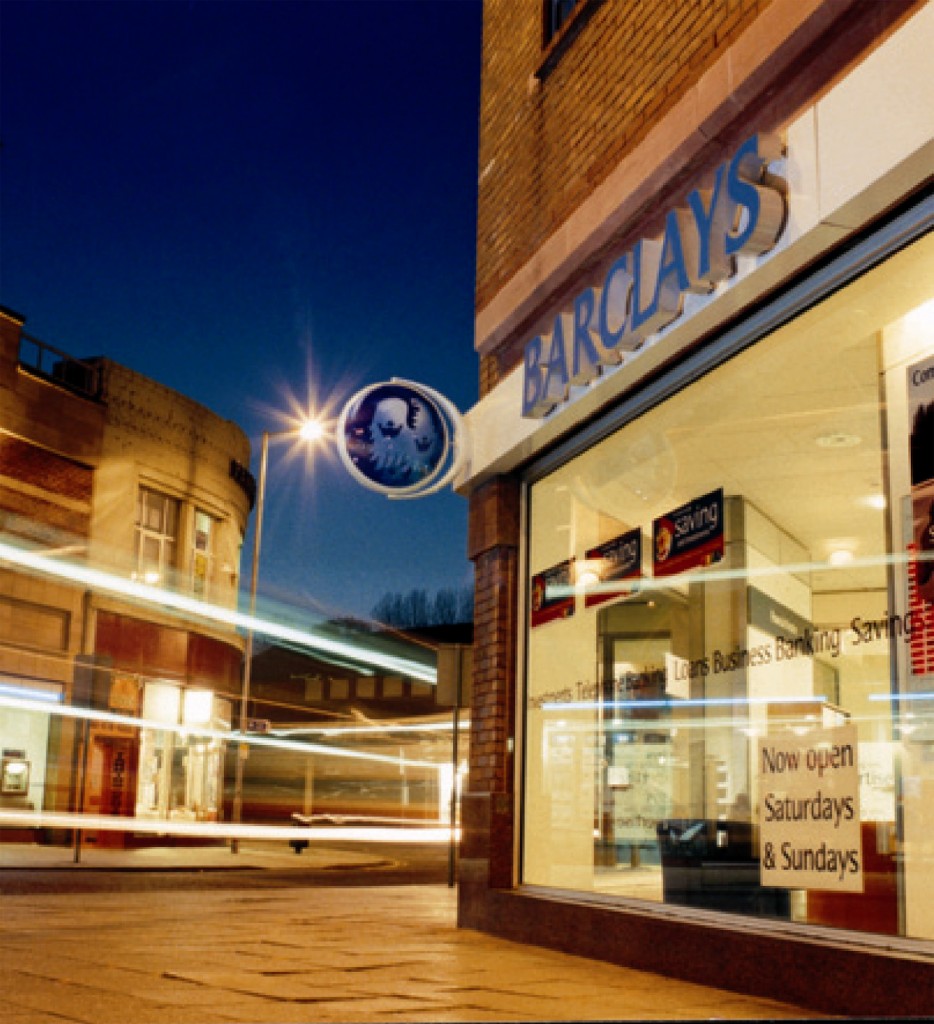
UK landlords have seen their mortgage interest payments jump by 40% to £15bn over the last year, data from Hamptons shows.
The collective rise has been sparked by a combination of new investor purchases at higher interest rates, existing tracker rates increasing, and fixed-term mortgage deals expiring, according to the property agent’s latest Monthly Lettings Index.
It says: “This comes even though the number of outstanding buy-to-let mortgages has been falling since November 2022 as investors have either paid down debt or sold up.
“Despite this, the total value of all mortgages has remained broadly flat over the same period.”
The report adds that the relatively recent surge in rates follows a long-term fall in borrowing costs which began in 2015 — when the government announced proposals to restrict the tax relief for landlords — and ended in 2021.
Between March 2015 and November 2021, the total amount of mortgage debt held by landlords rose by 43%.
However, the total amount of mortgage interest paid fell by 3% over the same period, driven down by falling interest rates.
The increase in borrowing by landlords predominantly wasn’t spent on property, with the number of rented homes rising by just 4% over the same period, the study points out.
It adds: “As landlord’s fixed mortgage terms expire, the number on cheap mortgage rates will continue to dwindle unless rates fall substantially.
“Consequently, this £15bn figure is likely to continue rising over the coming months and years, even if mortgage rates remain close to where they are today.”
The average mortgage rate on outstanding landlord debt stood at 3.4% in August, the report says.
However, it forecasts if this rate hits 4%, landlord’s total annual mortgage interest bill will hit £17.9bn. At average rates of 5%, it will hit £22.4bn and at 6% rates, £26.8bn.
Overall, mortgage interest accounted for around 26% of all rental income in the UK, up from a low of 17% in January 2022.
However, this figure includes rental income from landlords who do not have a mortgage. The average mortgaged landlord paid 37% of their rent on mortgage interest in August, up from a low of 24% in November 2021.
The study says: “As more landlords face higher mortgage rates, the proportion of rental income being used to pay mortgage interest will continue to rise.
“At an average outstanding rate of 4% around 43% of rental income paid to mortgaged landlords will be spent paying mortgage interest, rising to 54% at 5% rates and 64% at 6% rates.”
The report also points out that annual rental growth across the country remained in double-digits during September, with the average cost of a new let up 11.7% on the same period 12 months ago.
This is the second fastest increase on record, only beaten by August’s figure of 12%.
The average rent in the UK now stands at £1,325 per month, up from £1,186 a year ago.
Rents are rising faster in London than anywhere else. The average cost of renting a property in Greater London was 15.7% more expensive, at £2,376 a month, than it was at the same time last year.
Lets in Wales posted the lowest annual growth, rising 5.2% to £791 a month, over the same period.
Hamptons head of research Aneisha Beveridge says: “With mortgage interest often landlords’ largest cost, the pace at which rates have risen has squeezed investors.
“Even if there are no further rate hikes by the Bank of England, we could see the amount of mortgage interest paid by landlords exceed £20bn over the next two years.
“This has the potential to eat up just over half the amount mortgaged landlords receive in rent.
“For some investors, this will be unaffordable, and they will likely bow out, keeping upward pressure on rents.”
Beveridge adds:“A decade of cheap money and rising house prices encouraged many landlords to remortgage and extract cash out of their BTL when remortgaging.
“Our analysis suggests that most of this money wasn’t reinvested back into buying rental homes and was invested elsewhere or used to help their children buy their first home.
“Rising rates will reverse this flow of finance, pulling cash out of the economy and back into the housing market as investors look to pay down their debt instead.”



